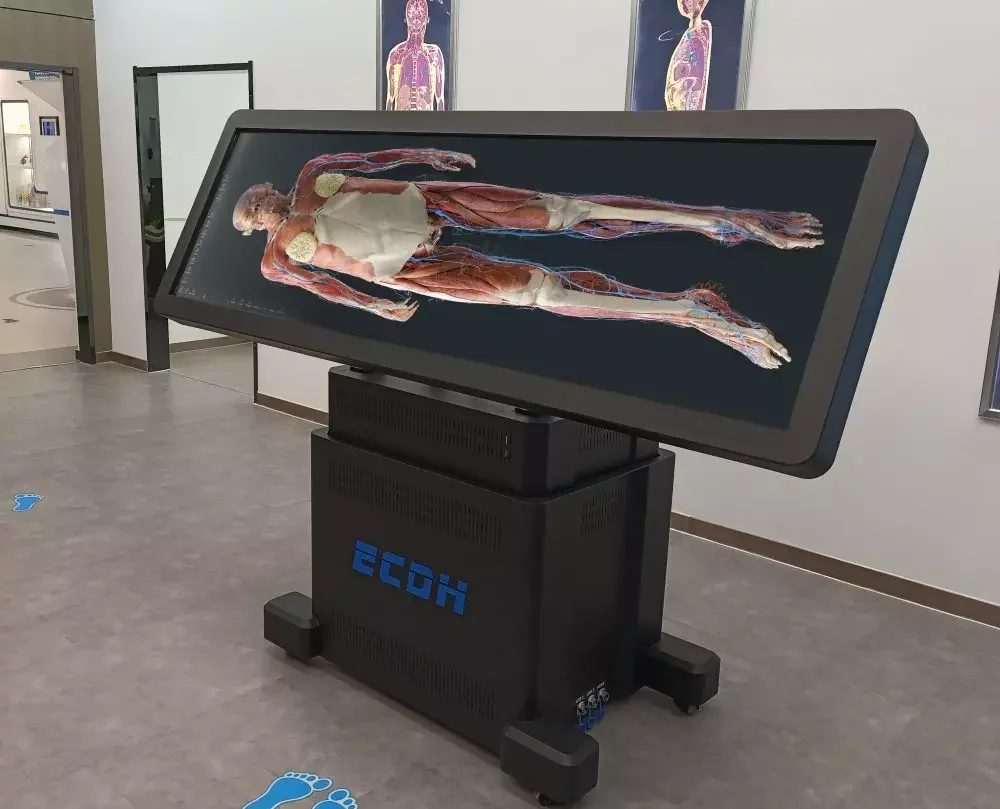The anatomy lab has long been an essential venue for cultivating medical students’ practical skills. However, it also faces limitations that are difficult to ignore. With the rise of technology, innovative solutions like the virtual dissection table are emerging as compelling alternatives. DIGIHUMAN, a leader in educational technology, is at the forefront of this transformation, offering tools that enhance learning while addressing traditional challenges.
Limitations of Traditional Anatomy Labs
Despite their significance, anatomy labs encounter several obstacles. The expansion of educational programs has outpaced the availability of cadavers, creating a critical shortage. Strict ethical reviews and donation procedures further complicate the sourcing of human specimens, making it increasingly challenging to meet the teaching demands of medical students. Additionally, the long-term preservation of cadavers necessitates costly chemical reagents, such as formaldehyde, and requires specialized facilities to maintain constant temperatures. These factors contribute to high maintenance costs that many institutions struggle to bear.
The Advantages of Virtual Dissection Tables
DIGIHUMAN’s virtual dissection table offers a revolutionary solution to the limitations faced by traditional anatomy labs. This innovative technology allows students to explore human anatomy in an interactive, 3D environment, removing the need for physical cadavers. The virtual dissection table not only enhances engagement but also provides a safer and more ethical alternative for learning. With high-resolution imaging and the ability to manipulate anatomical structures, students can gain a comprehensive understanding of the human body without the associated costs and ethical concerns of cadaver use.
Moreover, the virtual dissection table enables instructors to customize lessons and assess student performance in real time, making it an invaluable tool in modern medical education.
Conclusion
As medical education evolves, the challenges of traditional anatomy labs become increasingly apparent. DIGIHUMAN’s virtual dissection table represents a significant advancement, providing an effective, ethical, and cost-efficient alternative for teaching anatomy. By embracing this technology, medical schools can better prepare students for the complexities of real-world medical practice while overcoming the limitations of conventional methods.
